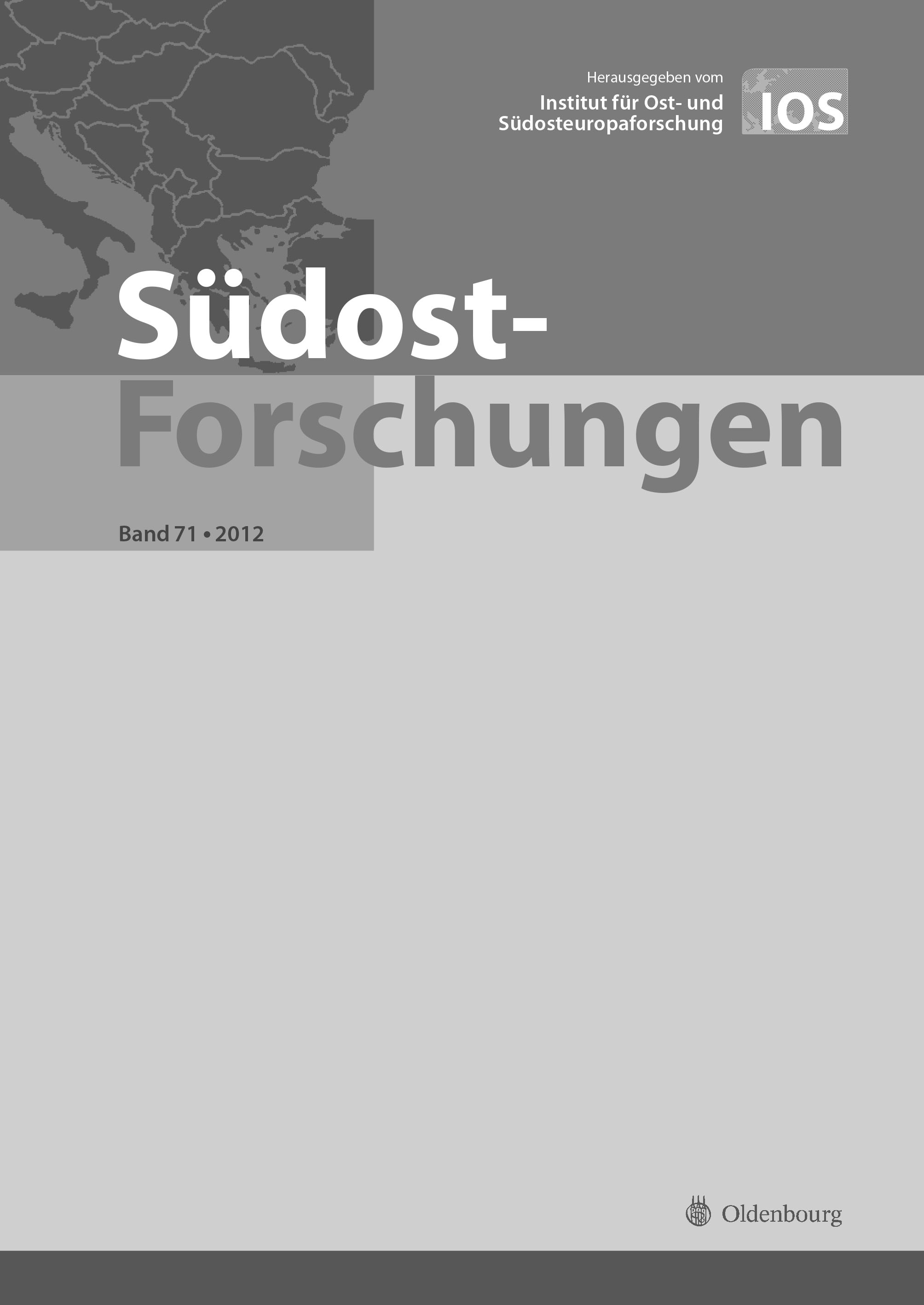Aufgeschobene Vernichtung. Jüdische Emigration nach Jugoslawien (1933/1938‒1945)
Delayed Destruction. Jewish Emigration to Yugoslavia, 1933/1938‒1945
Author(s): Anna Maria GrüenfelderSubject(s): History of Judaism, Interwar Period (1920 - 1939), WW II and following years (1940 - 1949), Migration Studies
Published by: De Gruyter Oldenbourg
Summary/Abstract: This work presents a rarely studied contingent of Jewish emigres during World War II: the Jewish refugees to Yugoslavia. Based on extensive research in the State Archives of Croatia (Zagreb) and Slovenia (Ljubljana), as well as memorials and reports by key witnesses, the author describes Jewish emigration from Germany since 1933 and from Austria since 1938 to the Kingdom of Yugoslavia. While initially providing a safe haven, after unconditional surrender in 1941 the country was no longer capable of protecting either its own citizens of its Jewish refugees. The Jews in Serbia – both refugees and citizens – felt the impact of the German military authorities. Measures institutionalizing persecution began on May 30 based on practices already in place in Germany. Concentration camps were erected in July and the round up of Jews began on October 21, 1941. The German Army shot the male passengers of the „Kladovo-transport“ in retaliation for fallen German soldiers. By August 1942 “Serbia was ‘judenrein’”. In Croatia, in contrast, the systematic roundups of Croatian, Bosnian and foreign Jews began in the summer of 1941 when the central concentration camp in Jasenovac opened its doors. Initially, the deported Yugoslav victims were ‘foreign’ Jews, mainly from Austria, Germany. By the fall, however, transports included Jews from all over the Independent State of Croatia (Sarajevo, Tuzla, Zagreb and elsewhere). In 1942, the German occupation authorities in Croatia, namely the representatives of the Reichssicherheitshauptamt (RSHA), began implementing the “Wannsee-Conference”-decisions. Between August 1942 and the end of 1944, two massive deportations as well as some smaller transports passed from the Croatian camps towards Auschwitz and Bergen- Belsen. There are no records of any one returning. As a conclusion it must be pointed out, that the Ustasha – in contrast to standard conceptions – was not merely a German puppet. Committed to their own interests, they won a measure of independence by managing the persecution and extermination in Croatia’s concentration camps. The genocide in Croatia was a self-promulgated program, although it was inspired by Nazi-ideology.
Journal: Südost-Forschungen
- Issue Year: 2012
- Issue No: 71
- Page Range: 233-284
- Page Count: 52
- Language: German
- Content File-PDF

